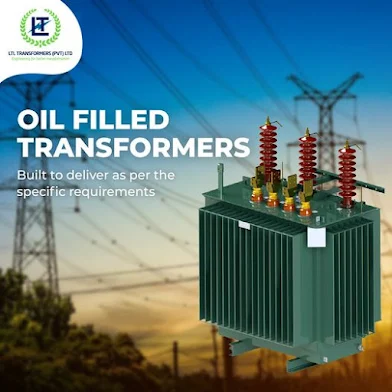Ceylon Electricity: Powering Homes and Industries
In recent years, Sri Lanka has been making significant strides in its efforts to strengthen its electricity sector. With a growing population and economy, the demand for electricity has been on the rise, prompting the country to invest in new power plants and infrastructure. Among the key players in this transformation is Ceylon Electricity, the leading electricity provider in Sri Lanka.
The Role of Power Plants in Sri Lanka
Power plants play a crucial role in meeting the electricity needs of the country. Sri Lanka has a diverse energy mix, including thermal, hydro, and renewable sources. Thermal power plants, fueled by coal, oil, and gas, provide a reliable source of electricity, especially during times of high demand. Hydroelectric power plants harness the power of water to generate clean energy, while renewable energy sources like solar and wind are becoming increasingly popular as the country moves towards a more sustainable future.
Ceylon Electricity: Powering Homes and Industries
Ceylon Electricity , also known as LTL Transformer, is a key player in the Sri Lankan electricity sector. The company operates a network of power plants and transmission lines, ensuring a reliable supply of electricity to homes, businesses, and industries across the country. With a focus on efficiency and innovation, Ceylon Electricity is at the forefront of the energy transition in Sri Lanka.
LTL Transformer: Innovating for a Brighter Future
One of the notable projects undertaken by Ceylon Electricity is the LTL Transformer, a cutting-edge technology that enhances the efficiency and reliability of the electricity grid. This state-of-the-art transformer helps reduce energy losses and improve the quality of electricity supply, benefiting both consumers and the environment. With the implementation of the LTL Transformer, Sri Lanka is paving the way for a more sustainable and resilient electricity sector.
Sri Lanka's electricity sector has undergone significant transformation over the years, aiming to meet the growing demand for energy while promoting sustainability. The country’s power generation is primarily a mix of hydropower, thermal, and renewable energy sources, with hydropower playing a pivotal role due to Sri Lanka's conducive topography and climate. Major power plants, such as the Victoria Reservoir and the Kotmale Hydropower Plant, contribute substantially to the national grid, providing a reliable source of electricity to urban and rural areas alike.
Ceylon Electricity Board (CEB) is the main state-owned utility responsible for the generation, transmission, and distribution of electricity in Sri Lanka. CEB has been actively working on modernizing the grid infrastructure and integrating renewable energy sources, such as wind and solar, to diversify the energy mix and reduce dependency on fossil fuels. The government has set ambitious targets to increase the share of renewables in the energy portfolio, thus aligning with global sustainability goals.
LTL Transformer Engineering (Pvt) Ltd. plays a crucial role in supporting the electrical infrastructure in Sri Lanka. Specializing in the design, manufacture, and maintenance of power transformers, LTL Transformer ensures that the electricity generated is effectively transmitted and distributed across the length and breadth of the island. Their commitment to quality and innovation not only enhances the reliability of power supply but also contributes to the overall efficiency of the electricity sector. Together, these elements highlight the strides made by Sri Lanka in electrification and the challenges that lie ahead in achieving energy security and environmental sustainability.


Comments
Post a Comment